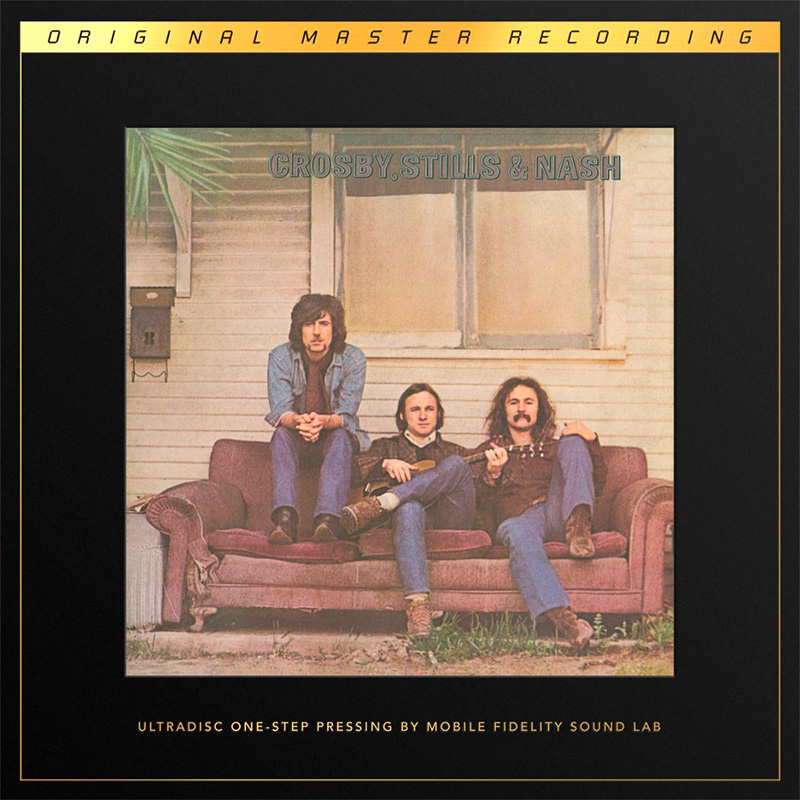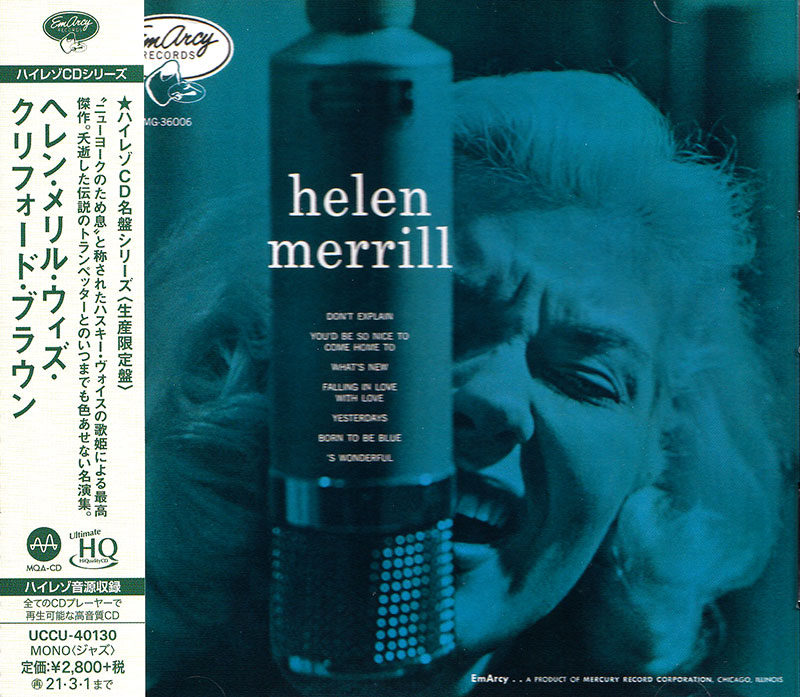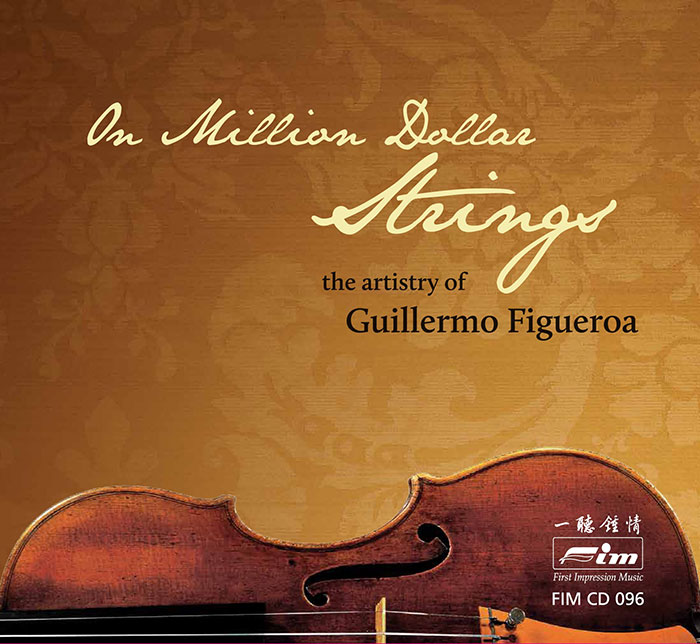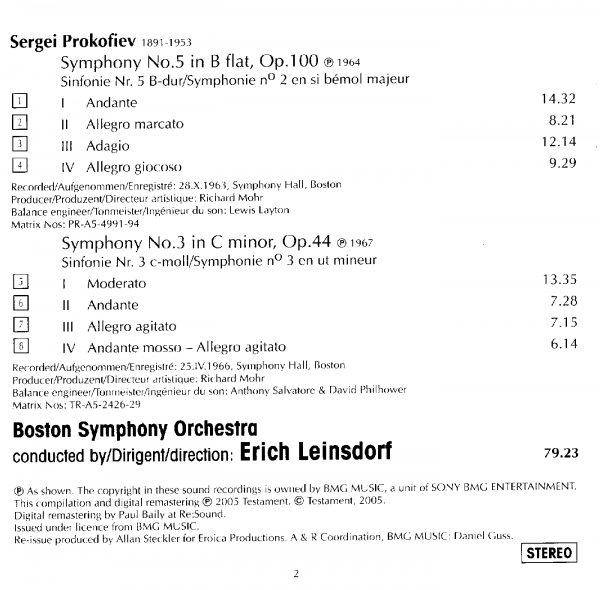Logowanie
OSTATNIE EGZEMPLARZE
Jakość LABORATORYJNA!
ORFF, Gundula Janowitz, Gerhard Stolze, Dietrich-Fischer Dieskau, Deutsche Oper Berlin, Eugen Jochum
Carmina Burana
ESOTERIC - NUMER JEDEN W ŚWIECIE AUDIOFILII I MELOMANÓW - SACD HYBR
Winylowy niezbędnik
ClearAudio
Essence MC
kumulacja zoptymalizowana: najlepsze z najważniejszych i najważniejsze z najlepszych cech przetworników Clearaudio
Direct-To-Disc
PIAZZOLLA, ChamberJam Europe
Tangos del Ángel y del Diablo
Direct-to-Disc ( D2D ) - Numbered Limited Edition
PROKOFIEV, Boston Symphony Orchestra, Erich Leinsdorf
Symphony Nos. 5 and 3

"Having engaged in the RCA series of Piano Concertos by Prokofiev with John Browning, conductor Erich Leinsdorf (1912-1993) decided to renew the long association of the composer's symphonic oeuvre with the Boston Symphony (1963-1966), especially since Serge Koussevitzky had long championed Prokofiev's work from the 1920s until his passing in 1951. Produced by RCA's Richard Mohr, these inscriptions made under the marketing aegis of "The Aristocrat of Orchestras" enjoy a pungent sonic patina, with deep, sonorous bass lines and piercing highs. The bass drum, along with the clarinet and oboe in the first movement of the B-flat Symphony, say plenty, until the snare drum puts its inimitable voice into the Scherzo's demonic mix. The B-flat Major Symphony (1944) is likely Prokofiev's best- proportioned work in symphonic form; one could argue that the Romeo and Juliet ballet is his best symphonic piece in any form. Leinsdorf, known more for operatic persona than his symphonic leadership, provides heady direction to this knotty score, relishing the vibrant colors that permeate every page. The long, caustic return from the Trio of the Scherzo to the da capo relishes every pungent twist the winds and battery sections (including the triangle) of the BSO can provide. Resonant, plaintive harmonies and some real passion mark the Adagio, a love song exactly in the spirit of the ballets Romeo and Juliet and Cinderella. The Third Symphony, originally premiered in the US by the BSO under Pierre Monteux (1929), allows Leinsdorf to indulge his wonted operatic bent, since the score derives most of its material from Prokofiev's The Flaming Angel (1925), a score Prokofiev intended to salvage, while adding materials to make the new symphony an autonomous opus. The C Minor Symphony (1928) bursts with all kinds of brilliant effects, including some wicked string glissandi which the BSO players execute with tasty relish. Wildness and lyrical melancholy alternate in turn; some claim the finale of Chopin's B-flat Minor Sonata, Op. 35 provided Prokofiev with a model for his Scherzo movement. Excellent scoring for clarinet and for trumpet (Roger Voisin) keep our ears alert. The militancy and aggression of the writing is not so primal as that of the Second Symphony and Scythian Suite, but it will more than make your speakers pop and your hair bristle." -Gary Lemco, AudiophileAudition

























